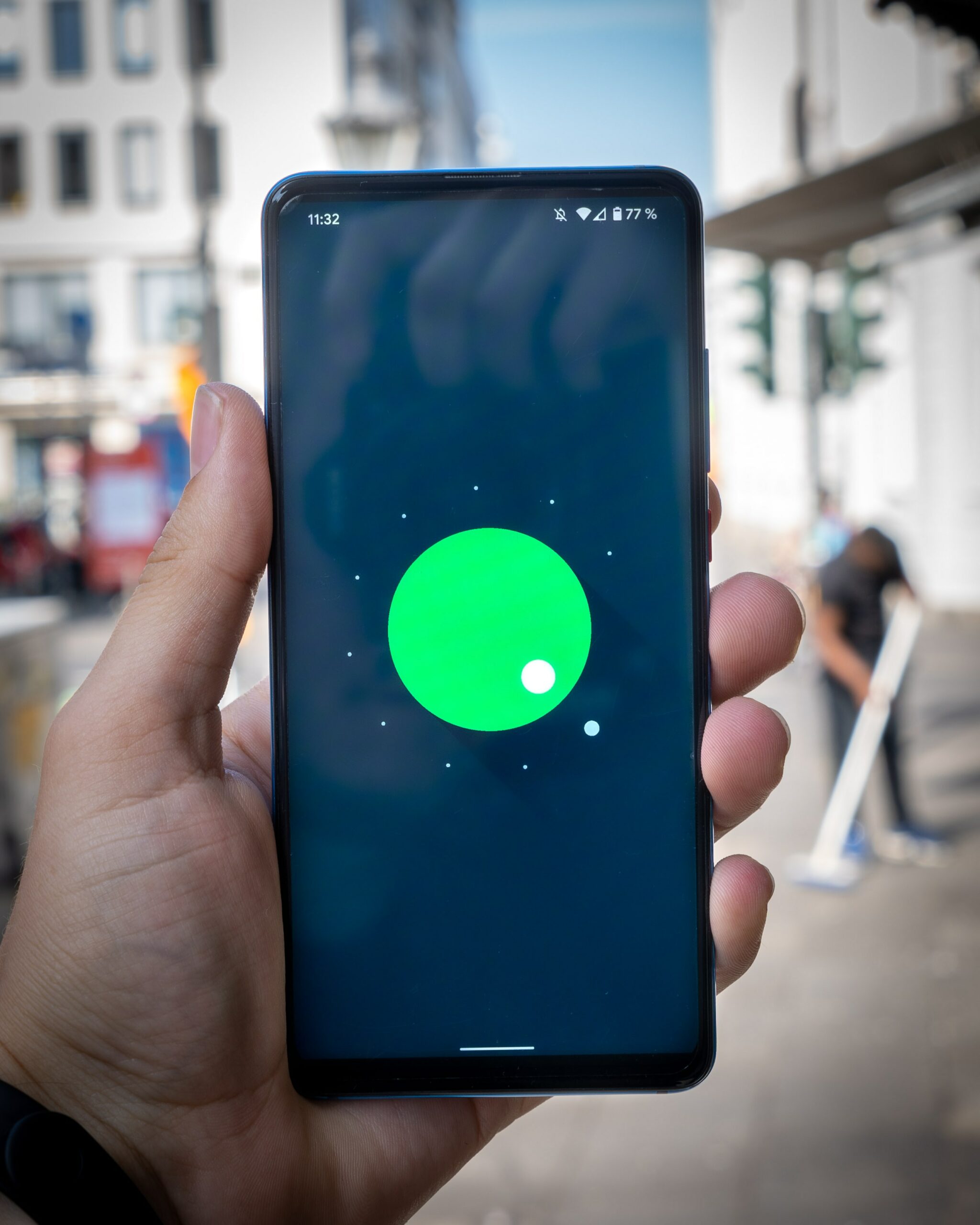From the supposed danger of an explosion at the gas station to potentially crashing planes. Many mobile phone myths persist. Right?
A lot is said about smartphones. There is a kernel of truth in many things, some is utter nonsense, and some have the truth somewhere in the middle. Steffen Herget from the trade magazine "c't" explains which stories are true, which tips are really helpful and what belongs in the realm of legends.
Myth 1: It's better not to import updates, they just make the smartphone slower.
That's not true. Mobile phone users should definitely install updates regularly, advises Steffen Herget. Because the updates not only bring new functions, but also close security gaps. Even if, in rare cases, old devices are overwhelmed with new functions and become slower, there is no alternative to updates for security reasons.
Myth 2: Any smartphone can withstand a rain shower, even devices that do not have an IP protection standard.
Depends on. It depends on the amount of moisture. A few drops can usually not harm smartphones, says Herget. However, if a cell phone falls into water, it can be defective, even despite the IP protection standard. This protects a device against contact with foreign bodies, which can lead to failure or destruction of the electronics. In addition, water can penetrate more easily through openings for headphones, charging cables or similar.
Myth 4: You should always let the battery run down as much as possible before you put the phone on the charger.
That's not true. The idea dates back to the times when nickel-cadmium batteries were the norm. Today's lithium-ion batteries can and should be charged when they are not empty. Steffen Herget recommends never falling below 20 percent battery power as a guideline. Because a complete discharge damages the battery.
Myth 5: You have to deactivate mobile communications on flights, so it is best to activate airplane mode, otherwise the plane could crash.
That's not true. On planes, passengers are asked to turn off their phones or turn on airplane mode. But not because transmitting devices cause the plane to crash, but because they could interfere with radio traffic. Otherwise the safety precautions would be much stricter, says Herget.
Myth 6: Using your cell phone outside during a thunderstorm will attract lightning.
That's not true. In order to be able to attract lightning, there is not enough metal built into the smartphone, says Herget. So cell phones don't attract lightning.
Myth 7: Smartphones that don't restart regularly will slow down.
That's not true. Unlike the PC, according to Herget, mobile phone owners do not have to switch off their devices regularly. The installed operating systems are designed for permanent use.
Myth 8: Telephoning at the gas station is tricky: risk of explosion!
That's not true. Smartphone prohibition signs at petrol stations do not warn of an imminent explosion if someone is using their cell phone. Rather, they warn of an increased risk of fire, which basically emanates from petrol stations – and want to prevent a damaged battery from catching fire and starting a fire in the worst case, for example after someone accidentally dropped their mobile phone. Steffen Herget therefore advises leaving your smartphone in your pocket when filling up so as not to take any risks.
Myth 9: If you keep closing open apps when you're not using them, your smartphone will run faster and save battery power.
Depends on. That depends on the age of the device and how you use it. Modern smartphones slow down apps by themselves in terms of power consumption, explains Herget. It is therefore not necessary to close applications. On the contrary, you even save power if apps that you use regularly remain open and don't have to be restarted constantly. With older devices, however, it might make sense to close the apps.
Myth 10: You can get a virus on your smartphone via SMS.
That's not true. Viruses could not be transmitted directly this way, says Herget. But it is quite possible for criminals to send links in this way that lead to phishing sites or to download malware.



